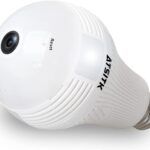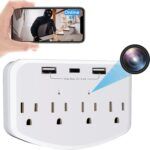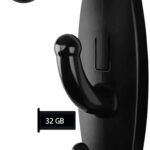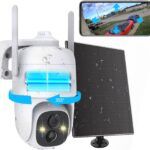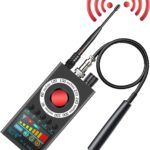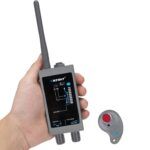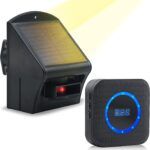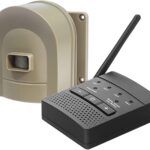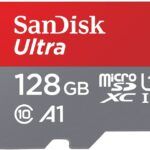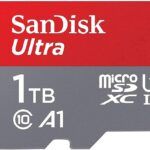Geofencing and GPS tracking are both location-based technologies, but they differ in their approach and functionality. Geofencing works by creating virtual boundaries around a physical location or a specific area of interest. These boundaries are defined using GPS coordinates or other location-based technologies such as Wi-Fi or cellular network signals. Once a geofence is set up, it can trigger an action or a notification when a device or person enters or exits the designated area. Geofencing is often used for location-based marketing, home automation, fleet management, and personal safety applications.
On the other hand, GPS tracking is a real-time location tracking system that uses GPS technology to pinpoint the location of an object or person in real-time. It involves the use of GPS receivers, satellites, and a tracking device to determine the exact location of the tracked object. GPS tracking can be used for fleet management, personal tracking, and asset tracking. Unlike geofencing, GPS tracking provides real-time data on the location, speed, and direction of the tracked object.
Essentially, GPS will tell you an exact location of an object being tracked, whereas geofence will alert you if that object’s location leaves or enters your predefined zone.


